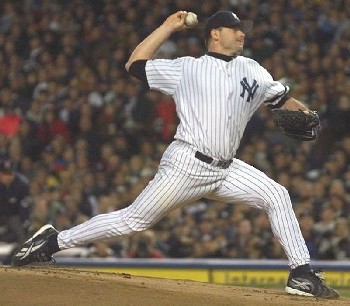quote:
Originally posted by BobbleheadDoll:
My point is that whether they place their PF on the rubber doesn't matter. It has nothing to do with being stable. My son does both in front and half on and half off the rubber. It often depends on the rubber and the hole in front of it. What matters is getting the hips out, stabilizing the lower half, maximizing the separation and getting max leverage on the ball. The toe drag allows this.
The LHP here needs to keep his PF on the ground a little longer .
Foot half on half off doesn’t matter eh?....OK.

Yes I agree if there is a big hole in front of the rubber this poses a problem. A lot of pitchers deal with that issue. But to say it doesn’t affect stability if the foot is half on/half off is incorrect IMO.
Regardless...this post foot/foot drag thing to me is just a distraction of cause and effect.
His foot comes of the ground because he has a long stride. That’s it.
If this player follows that advice (concentrating on what his post foot/drag is doing) he will be going down a road he doesn’t need to be on and cause more problems than he already has (of which are pretty minor IMO).
I cannot fathom how toe drag has anything to do with maximizing separation and getting max leverage. Toe drag is the effect of other things going on in a throw not the cause of those things.
If you believe that, then I will not try to convince you otherwise.







